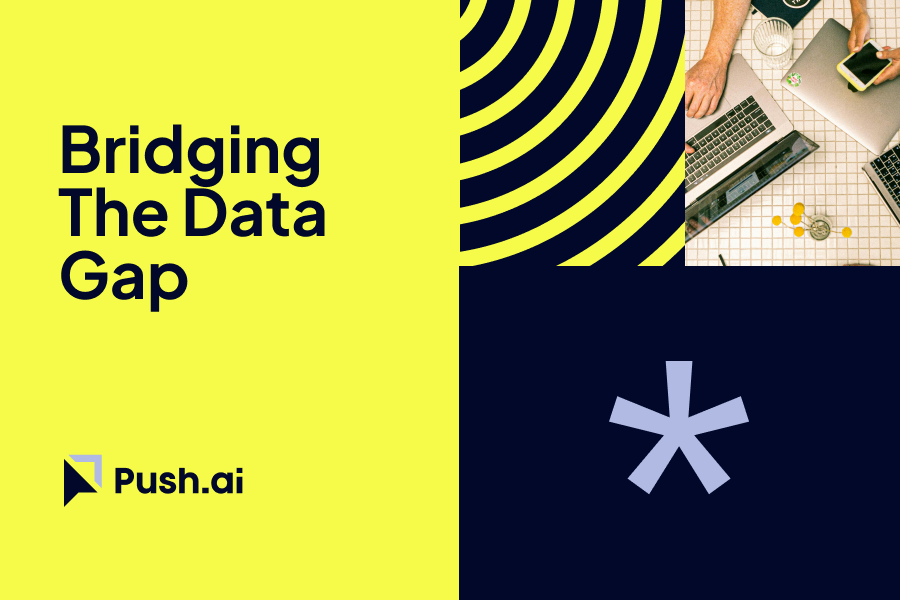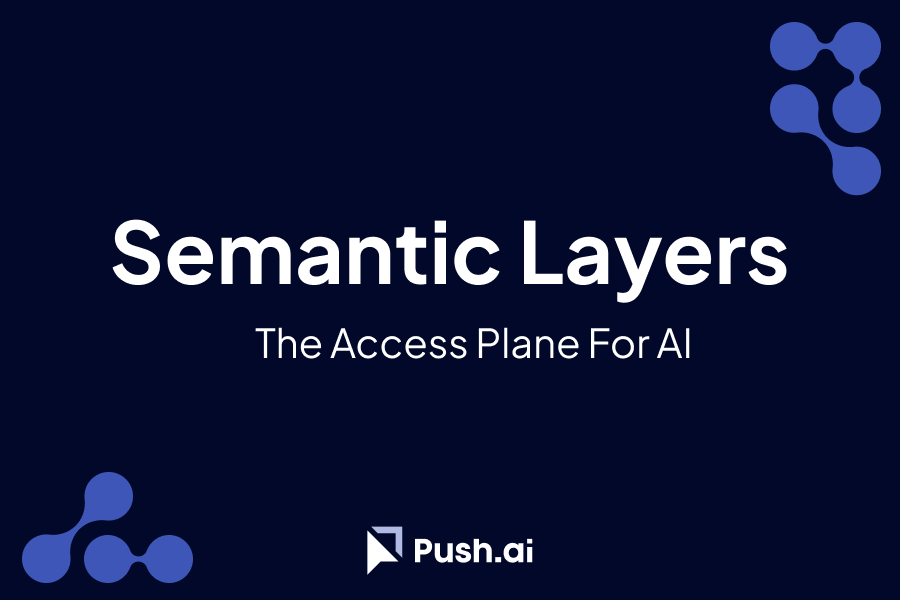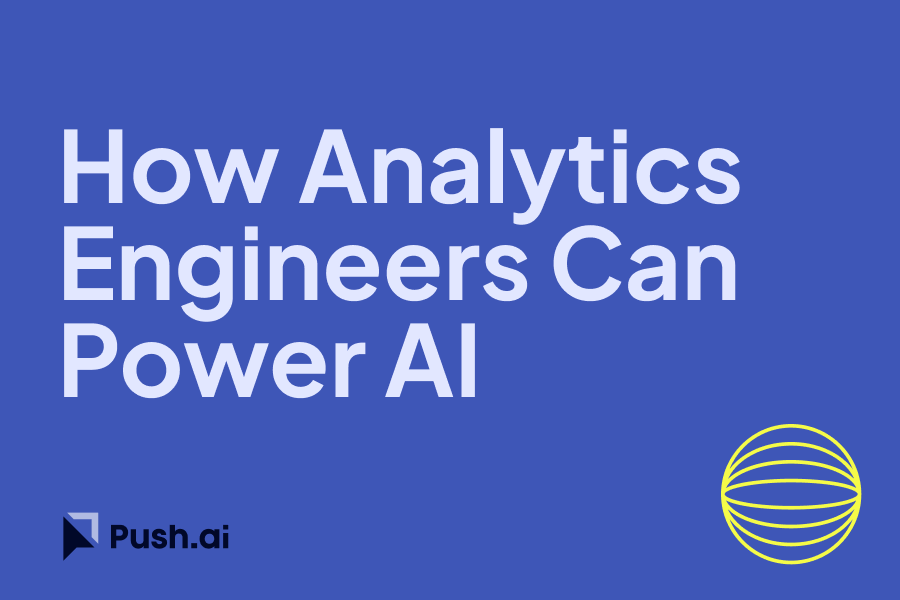For years, analytics teams have comfortably navigated the world of structured data—the neatly organized tables where every piece of information has a predefined place. But in 2025, a new frontier is emerging: the vast, untapped potential of unstructured data that’s already sitting in your warehouse. This isn’t about leaving structured data behind; it’s about building a bridge from what you know to a richer understanding that unstructured fields can offer.
Structured and Unstructured: Two Sides of the Same Warehouse
We often think of structured and unstructured data as worlds apart, but they’re closer than you might imagine. In reality, many unstructured fields are already embedded in the tables you use every day. For example, a JIRA or Linear issue might have structured fields like status and priority, but also unstructured fields like descriptions and comments. A Notion document might store its content as unstructured text within a structured database. Slack messages come with a clear relational structure—users, channels, timestamps—but the message content itself is unstructured.
In other words, the bridge is already there. Your warehouse contains both structured and unstructured elements side by side. What AI does is give you the tools to traverse that bridge, turning unstructured fields into meaningful insights.
AI as the Interpreter: From Attributes to Insights
This is where the concept of attributes comes in. Tools like Push.ai treat unstructured, high-cardinality fields as attributes that can enrich your analysis. These attributes aren’t just random text; they’re pieces of unstructured data that AI can interpret. Instead of grouping by these columns, you’ll apply AI aggregation or semantic analysis. For example, you can run sentiment analysis on customer comments or use large language models (LLMs) to summarize Slack threads.
Building the Bridge: Practical Steps for Analytics Teams
To start leveraging unstructured data, identify those hidden attributes in your existing tables—description fields, comments, document bodies. Then, use AISQL functions or AI-enabled semantic layers to extract meaning. For instance, you might apply sentiment analysis to a column of customer feedback or use an LLM to categorize unstructured ticket descriptions into themes.
Over time, this approach transforms your warehouse into a richer, more contextual analytics environment. You’re no longer limited to the “what” and “how many” of structured data; you’re uncovering the “why” that unstructured data reveals.
Looking Ahead: Beyond the Warehouse
As a footnote for a future exploration, this journey doesn’t stop at your warehouse. Once you’re comfortable with unstructured data inside your existing tables, you can extend these AI capabilities to third-party applications. Imagine pulling in data from tools like Slack, Notion, or Jira via API calls, parsing the unstructured JSON with LLMs, and enriching your analytics even further. But that’s a story for another post.

%201.svg)







